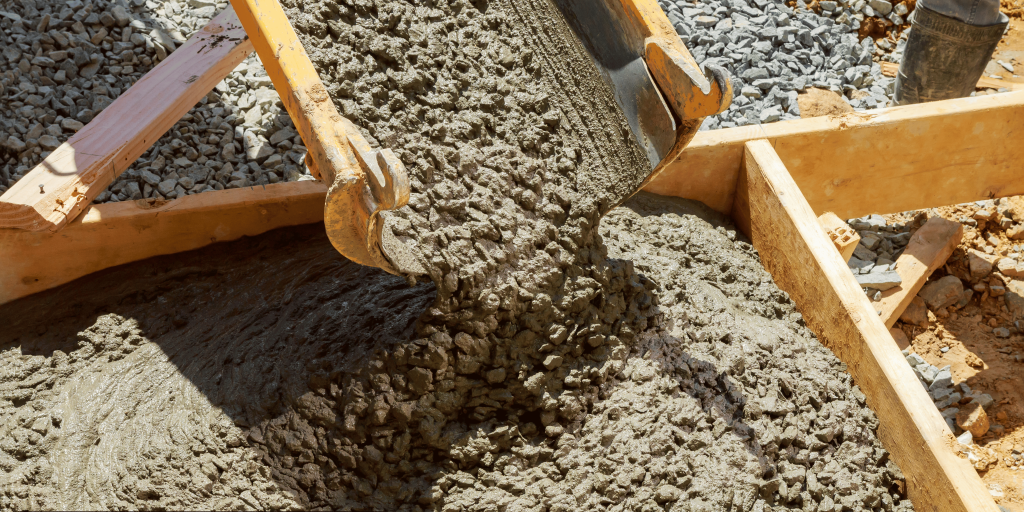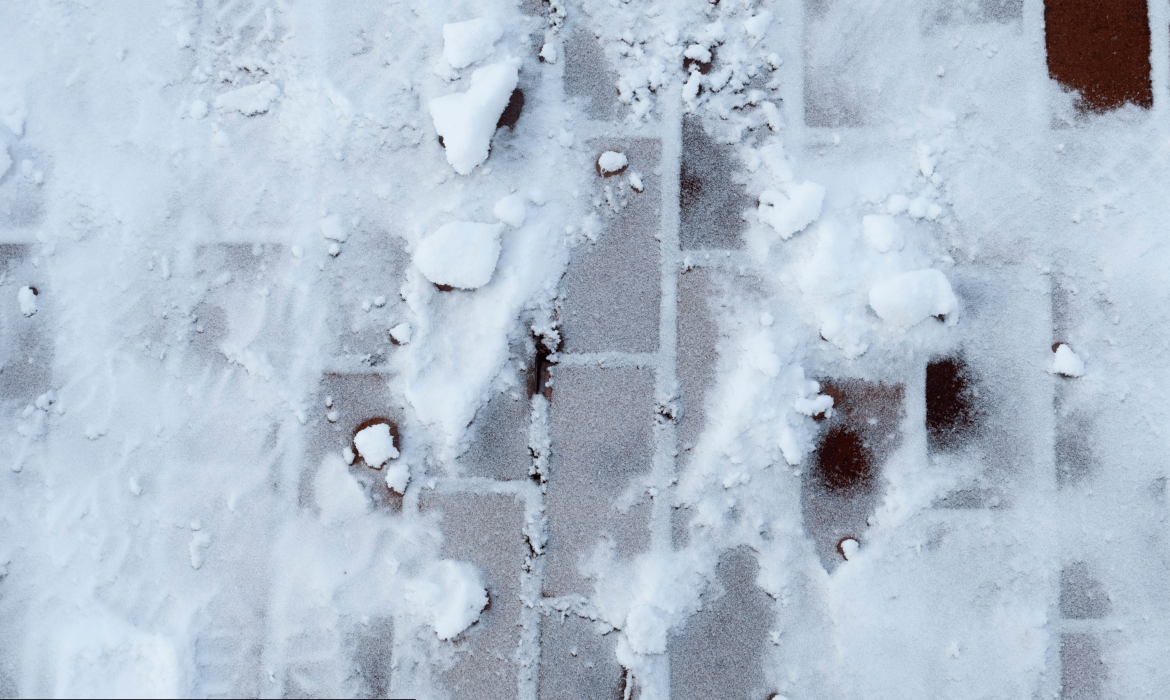Immature asphalt pavement is vulnerable to severe losses during winter since it is not well protected and requires constant maintenance. These issues range from potholes to cracks, and the way they worsen, one cannot help but think that they are some of the most expensive issues to neglect.
Protect your valuable asphalt investment this winter season by following these six essential tips:
Check for Damage and Make Necessary Repairs Before Winter Conditions Arrive
Firstly, ensure that you take your time to survey the condition of your asphalt before the winter season begins and make any repairs that may be required.
Look for:
– Cracks and potholes – Minor cracks and potholes on the roads should be patched with asphalt patch compound. Overlay deeper and wider cracks and holes by removing the undermined areas and putting hot mix asphalt.
– Raveling – If the upper layer of the aggregate disintegrates, cover the area with pavement to preserve the layers below.
– Oxidation – When pavement appears dark black and then turns gray, then it is clear that the binder is degrading. Sealcoat to prevent surface abrasion from causing fading.

Doing the repairs during the pre-winter months will prevent further wear and tear on the pavement, especially during the cold season.
Sweep Up Dirt, Leaves, and Other Debris from the Area
Ensure your pavement is clear of as much dirt and debris as it can be. Eliminate any excess fallen branches or trash that may hinder water from draining. Clear any fallen leaves, as these hinder water flow to the drains and prevent melting snow from washing the asphalt surface quickly.
Any debris—be it organic or not—can hold water that later thaws and will lead to the breakup of the pavement. So, cleaning surfaces will help to prevent roughness on pavements, allowing the surface to maintain its strength.
Sealcoat Before the Onset of Winter Season Sets In
In the fall, when sealcoating the asphalt pavement, it will help protect it from water that causes freeze-thaw cycle damages. The protective layer clogs all the microscopic gaps conducive to water seepage. Sealcoat also rejuvenates and enhances the elastic properties of older pavements, which become rigid over time.
It is recommended that you apply at least two layers of the epoxy and, to increase its longevity, use additives. Give each application enough time to dry before the subsequent application of the following layer.
Remove Snow Build-up Quickly
As soon as it begins to snow, clear the snow from asphalt as quickly as possible. The more the snow accumulates, the more it will eventually melt and then the resulting water will infiltrate into the cracks and pores. This moisture widens when frozen, which leads to aggravation of cracks and potholes.
Avoid using shovels that come into contact with the pavement and cause scraping or gouging of its surface.
Don’t Over-Apply Sand and Salt on Icy Regions
While salt and sand assist in achieving a better grip on the icy roadway, using these materials may cause deterioration of the pavement over time. Molecules in the salt dissolve the binder, while sand abrades the surface layer when it is in contact with the tires.

Even when used, it should only be applied to the problematic areas with minimal application. Ice melting also requires sweeping up residual salt and sand to prevent damaging the pavement and maintenance of your investment.
Let Your Pavement Properly Drain and Allow it Sufficient Air Circulation
Lastly make sure your asphalt has sufficient slopes, gutters, and drains to handle the water disbursement. Other water issues that may cause the pavement to deteriorate faster are the pooling of water and the constant freeze-and-thaw cycle. Proper drainage and air circulation will also help to reduce the freeze-thaw cycles.
A little prevention dramatically helps when it comes to the longevity of asphalt. The steps involved include inspection and repair of existing damage, maintaining the cleanliness of the surface, sealing of the surface with a protective sealcoat, removal of snow as soon as it falls, correct usage of salt and sand, and proper drainage. Next spring, your pavement will directly express its gratitude to you for staying smooth, safe, and pothole-free all these months.
Adhering to these best practices improves the preservation of the asphalt during winter and minimizes the need for frequent repairs in subsequent years. Your parking lots, driveways, and roads will remain in good condition for many more years, and this will help you pass through harsh weather seasons without experiencing any difficulty. Getting out on the roads while there is snow and ice is always a disaster waiting to happen. By following these pointers, your asphalt pavement will be maintained and in great shape.

